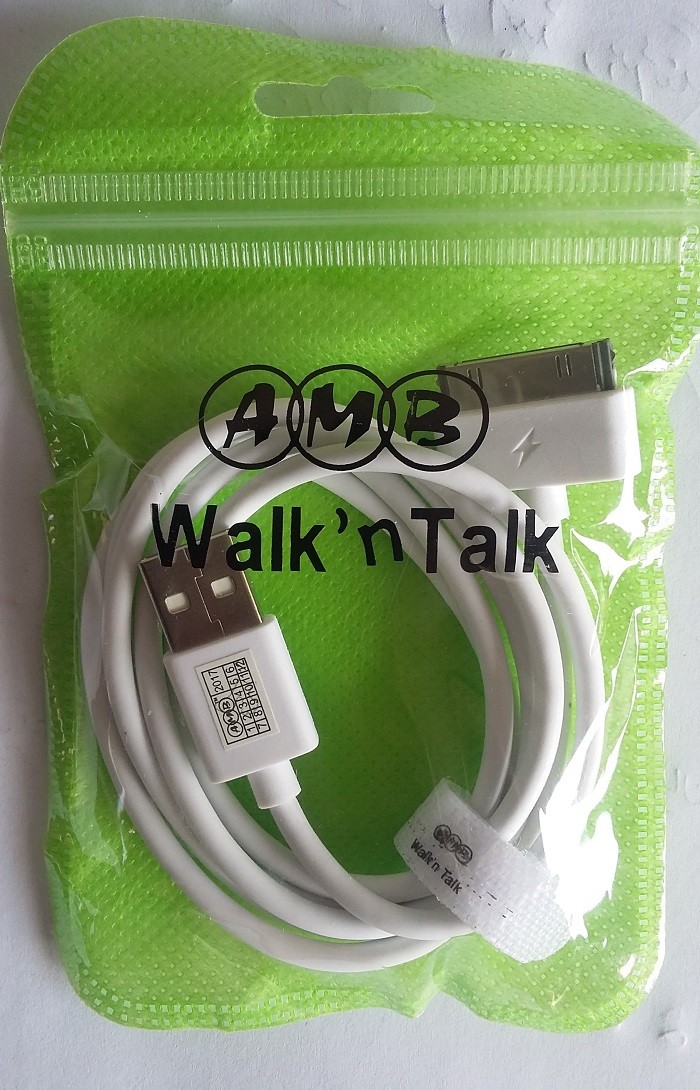In the era of digital dominance, where connectivity is paramount, Data Cable serve as the invisible threads weaving our technological world together. From powering our devices to facilitating seamless data transfer, these unassuming cables are the backbone of modern communication. In this comprehensive guide, we’ll delve deep into the realm of data cables, exploring their various types, functions, and indispensable tips for optimal usage.
Understanding Data Cable:
At its core, a Data Cable is a conduit for transmitting both power and data between electronic devices. These cables are typically composed of multiple strands of copper or aluminum wires encased within a protective sheath to ensure durability and reliability. The connectors at each end of the cable enable seamless connection to devices such as smartphones, tablets, computers, and peripherals.
Exploring Different Types of Data Cable:
- USB-A to USB-B: One of the most common types of Data Cable, the USB-A to USB-B cable features a rectangular USB-A connector on one end and a square USB-B connector on the other. It’s commonly used for connecting peripherals like printers, scanners, and external hard drives to computers.
- USB-A to USB-C: With the advent of USB-C technology, the USB-A to USB-C cable has gained popularity for its versatility and compatibility. Featuring a reversible USB-C connector, this cable offers faster data transfer speeds and broader device compatibility, making it ideal for charging smartphones, laptops, and tablets.
- Micro-USB: Despite the rise of USB-C, the micro-USB cable remains a staple in the world of portable electronics. Its compact size and widespread adoption make it the go-to choice for charging smartphones, Bluetooth speakers, and other handheld devices.
- Lightning Cable: Apple users are familiar with the Lightning cable, a proprietary connector designed exclusively for iOS devices. Renowned for its sleek design and robust construction, the Lightning cable facilitates seamless charging and data synchronization for iPhones, iPads, and iPods.
- Thunderbolt Cable: For users seeking unparalleled speed and performance, the Thunderbolt cable stands out. Capable of delivering lightning-fast data transfer rates and supporting a myriad of peripherals, this cable is the epitome of cutting-edge technology in the digital realm.
The Versatility of Data Cable:
- Charging: Perhaps the most basic function of Data Cable is to provide power to electronic devices. Whether it’s charging a smartphone, tablet, or laptop, Data Cable ensure that our devices remain powered up and ready for use.
- Data Transfer: Data cable serve as the conduits for transferring data between devices, enabling seamless sharing of files, photos, and multimedia content. Whether it’s transferring documents from a computer to a smartphone or syncing music playlists across multiple devices, Data Cable facilitate efficient data exchange in our interconnected world.
- Peripheral Connectivity: Data cable play a crucial role in connecting peripherals such as printers, keyboards, and external hard drives to computers and other devices. By bridging the gap between hardware components, these cable enhance productivity and streamline workflow in both personal and professional settings.
- Software Updates: Keeping electronic devices up-to-date is essential for maintaining performance and security. Data Cable facilitate the installation of firmware updates, security patches, and software upgrades, ensuring that devices remain optimized and protected against emerging threats.
Best Practices for Data Cable Usage:
- Invest in Quality: When it comes to Data Cable, quality matters. Opt for cables crafted from durable materials and backed by reputable manufacturers to ensure reliability and longevity.
- Mind Compatibility: Before connecting devices, ensure compatibility between the cable and the respective interfaces. Using the wrong cable can lead to compatibility issues or even damage to the devices involved.
- Handle with Care: Treat Data Cable with care to prolong their lifespan. Avoid bending, twisting, or pulling the cables excessively, and always disconnect them by gripping the connector rather than the cable itself.
- Stay Organized: Keep your Data Cable neatly organized and tangle-free to minimize clutter and enhance accessibility. Invest in cable organizers, Velcro ties, or cable management solutions to streamline your digital workspace.
- Stay Informed: Stay abreast of emerging technologies and standards in the realm of data cables to make informed purchasing decisions and leverage the full potential of your devices.
In conclusion, Data Cable are the unsung heroes of modern connectivity, enabling seamless communication and power transfer between devices. By understanding the nuances of different cable types, harnessing their diverse applications, and adopting best practices for usage, individuals can navigate the digital landscape with confidence and efficiency. So, the next time you plug in a data cable, take a moment to appreciate the profound impact it has on our interconnected world—a testament to the ingenuity and innovation driving the digital revolution.
